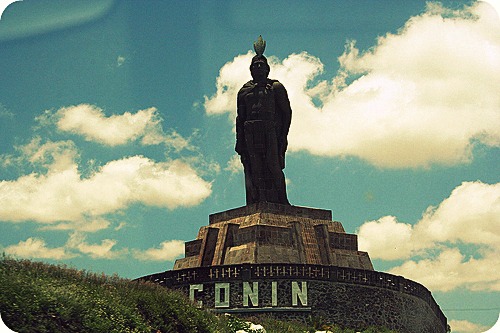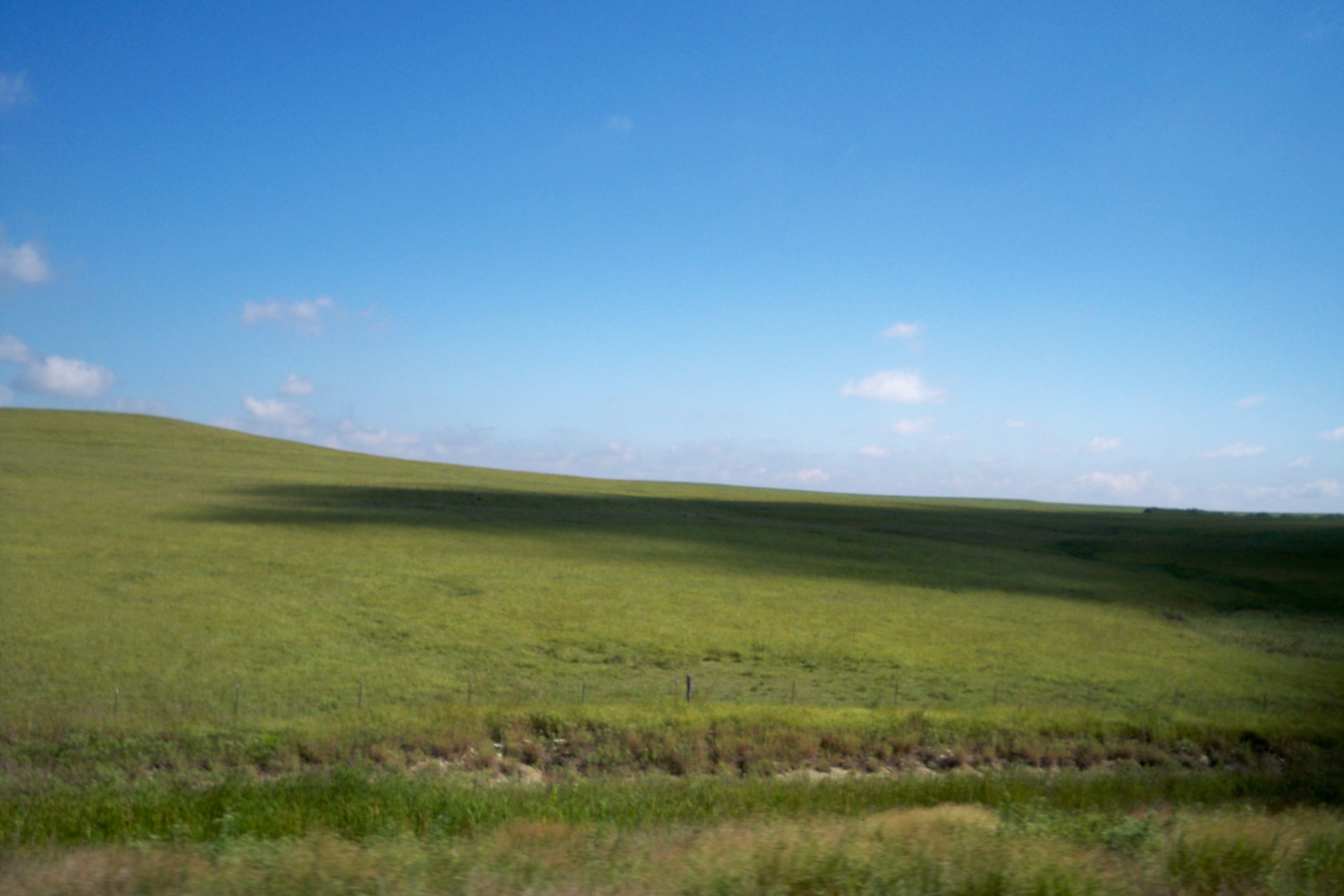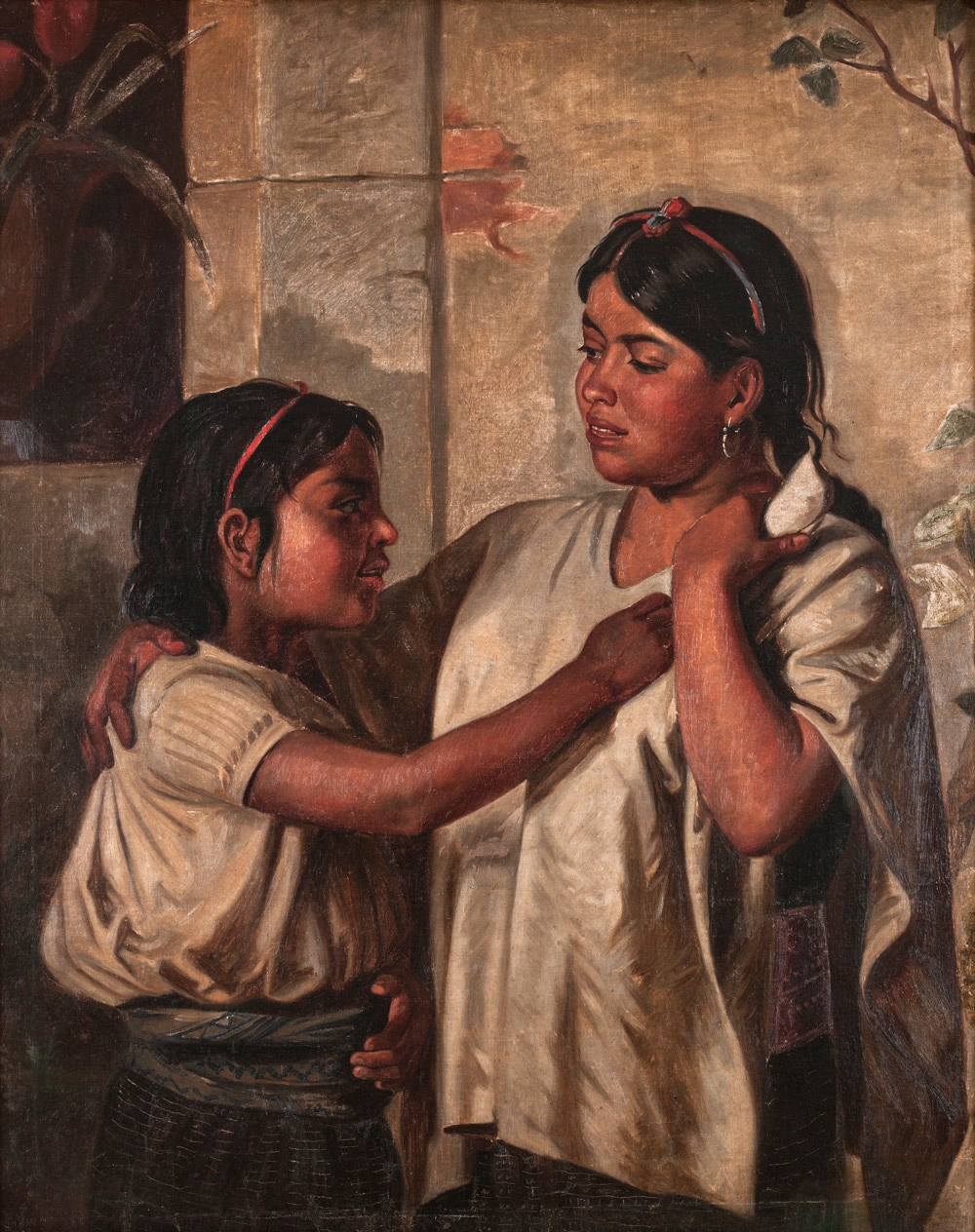|
Otomi People
The Otomi (; es, Otomí ) are an indigenous people of Mexico inhabiting the central Mexican Plateau (Altiplano) region. The Otomi are an indigenous people of Mexico who inhabit a discontinuous territory in central Mexico. They are linguistically related to the rest of the Otomanguean-speaking peoples, whose ancestors have occupied the Trans-Mexican Volcanic Belt since several millennia before the Christian era. Currently, the Otomi inhabit a fragmented territory ranging from northern Guanajuato, to eastern Michoacán and southeastern Tlaxcala. However, most of them are concentrated in the states of Hidalgo, Mexico and Querétaro. According to the National Institute of Indigenous Peoples of Mexico, the Otomi ethnic group totaled 667,038 people in the Mexican Republic in 2015, making them the fifth largest indigenous people in the country. Of these, only a little more than half spoke Otomi. In this regard, it should be said that the Otomi language presents a high degree of i ... [...More Info...] [...Related Items...] OR: [Wikipedia] [Google] [Baidu] |
Hidalgo (state)
Hidalgo (), officially the Free and Sovereign State of Hidalgo ( es, Estado Libre y Soberano de Hidalgo) is one of the 31 states which, along with Mexico City, constitute the 32 federal entities of Mexico. It is divided into 84 municipalities and its capital city is Pachuca de Soto. Located in the eastern part of the country, Hidalgo is bordered by San Luis Potosí and Veracruz on the north, Puebla on the east, Tlaxcala and State of Mexico on the south and Querétaro on the west. In 1869, Benito Juárez created the State of Hidalgo and made Pachuca its capital city; Juárez would add the name ''"de Soto"'' in recognition of Manuel Fernando Soto, who is considered the most important driving force in creating the state. The state was named after Miguel Hidalgo y Costilla, the initiator of the Mexican War of Independence. The indigenous peoples of the state, such as the Otomi, retain much of their traditional culture. In addition to Mexicans of Spanish descent, there are al ... [...More Info...] [...Related Items...] OR: [Wikipedia] [Google] [Baidu] |
Chichimeca Jonaz People
The Chichimeca Jonaz are an indigenous people of Mexico, living in the states of Guanajuato and San Luis Potosí. In Guanajuato, the Chichimeca Jonaz people live in a community in San Luis de la Paz municipality. The settlement is 2,070 m above sea level. They call this place ''Rancho Úza'' or ''Misión Chichimeca''. They are descendants of the Pame people, who fought in the Chichimeca War (1550-1590) in the Chichimeca Confederation. In the 2000 General Census by INEGI 2,641 people named themselves as speakers of the Chichimeca Jonaz language. Of these 1,433 speakers lived in Guanajuato, and the other 115 in San Luis Potosí. Their language belongs to the Pamean sub-branch of the Oto-Pamean branch of the Oto-Manguean language family, the closest relative of the Chichimeca Jonaz language is the Pame language. Spanish colonization of the Americas During the ensuing Spanish colonization of the Americas, the Chichimecas Jonaz descendants, whom are the Pame nation, joined th ... [...More Info...] [...Related Items...] OR: [Wikipedia] [Google] [Baidu] |
Santiago Mexquititlán Raid
In March 2006, six plainclothes agents of Mexico's Federal Investigations Agency (AFI) raided a market in Santiago Mexquititlán, Querétaro, in search of unauthorized copies of copyrighted works. The agents later alleged that they were held hostage by vendors during the raid. Three women were convicted of the alleged kidnapping. In September 2009, Jacinta Francisco Marcial and in April 2010 Alberta Alcántara and Teresa González, were released from prison after the charges against them were dropped. Allegations of kidnapping During the raid, the six AFI agents were cornered by a number of unarmed vendors in protest. The agents later claimed that the vendors demanded a ransom to let them go. Local witnesses to the incident denied any ransom demand was made. Jacinta Francisco Marcial Jacinta Francisco Marcial, an indigenous Otomí woman, sold ice cream in Santiago Mexquititlán's predominantly indigenous tianguis. The six AFI agents who conducted the raid implicated Fra ... [...More Info...] [...Related Items...] OR: [Wikipedia] [Google] [Baidu] |
Mezquital Valley
The Mezquital Valley ( ote, B’ot’ähi) is a series of small valleys and flat areas located in Central Mexico, about north of Mexico City, located in the western part of the state of Hidalgo. It is part of the Trans-Mexican Volcanic Belt, with altitudes between and above sea level. It is one of Mexico's main semi-arid/area regions, whose native vegetation is dominated by cactus species, mesquite trees, and maguey with pine and oak trees in the highest elevations. It is considered to be part of the northern extension of Mesoamerica, with one major archeological site, Tula, which was the main city of the Toltecs, an important influence for the later Aztecs. However, from the Aztec period to the 20th century, it was sparsely populated and very poor, with one main indigenous ethnicity, the Otomis. In the 20th century, irrigation works were created to take advantage of the water in the Tula River, along with wastewater drained from the Valley of Mexico for agriculture. Today th ... [...More Info...] [...Related Items...] OR: [Wikipedia] [Google] [Baidu] |
Toluca Valley
The Toluca Valley is a valley in central Mexico, just west of the Valley of Mexico (Mexico City), the old name was Matlatzinco. The valley runs north–south for about , surrounded by mountains, the most imposing of which is the Nevado de Toluca Volcano. It is one of the highest valleys in Mexico and for this reason has a relatively cold climate. Since the 1940s, there has been significant environmental degradation in the valley, with the loss of forests, soil erosion, falling water tables and water pollution due to growth in industry and population. In the pre-Hispanic period, it was a buffer region between the Aztec Empire and Purépecha Empire. From the Aztec period until the 19th century, it was part of the region controlled by Mexico City, but today it is the center of the State of Mexico, which has its capital in Toluca, the main city of the valley. Physical geography and climate The Toluca Valley is a broad highland valley located immediately west of the Valley of Mexico. ... [...More Info...] [...Related Items...] OR: [Wikipedia] [Google] [Baidu] |
Querétaro City
Santiago de Querétaro (; Otomi: Dähnini Maxei), known simply as Querétaro City ( es, Ciudad de Querétaro), is the capital and largest city of the state of Querétaro, located in central Mexico. It is part of the macroregion of Bajío. It is northwest of Mexico City, southeast of San Miguel de Allende and south of San Luis Potosí. It is also the seat of the municipality of Querétaro, divided into seven boroughs. In 1996, the historic center of Querétaro was declared a World Heritage Site by the UNESCO. The city is a strong business and economic center and a vigorous service center that is experiencing an ongoing social and economic revitalization. All this has resulted in high levels of migration from other parts of Mexico. Querétaro has seen outstanding industrial and economic development since the mid-1990s. Querétaro metropolitan area has the 2nd highest GDP per capita among Mexico's metropolitan areas with US$20,000 after Monterrey. The city is the fastest-growing i ... [...More Info...] [...Related Items...] OR: [Wikipedia] [Google] [Baidu] |
Trans-Mexican Volcanic Belt
The Trans-Mexican Volcanic Belt ( es, Eje Volcánico Transversal), also known as the Transvolcanic Belt and locally as the (''Snowy Mountain Range''), is an active volcanic belt that covers central-southern Mexico. Several of its highest peaks have snow all year long, and during clear weather, they are visible to a large percentage of those who live on the many high plateaus from which these volcanoes rise. History The Trans-Mexican Volcanic Belt spans across Central-Southern Mexico from the Pacific Ocean to the Gulf of Mexico between 18°30'N and 21°30'N, resting on the southern edge of the North American Plate. This approximately 1000 kilometer long, 90–230 km broad structure is an east–west, active, continental volcanic arc; encompassing an area of approximately 160,000 km2. Over several million years, the subduction of the Rivera and Cocos plates beneath the North American Plate along the northern end of the Middle America Trench formed the Trans-Mexican Vo ... [...More Info...] [...Related Items...] OR: [Wikipedia] [Google] [Baidu] |
Oto-Manguean Languages
The Oto-Manguean or Otomanguean languages are a large family comprising several subfamilies of indigenous languages of the Americas. All of the Oto-Manguean languages that are now spoken are indigenous to Mexico, but the Manguean branch of the family, which is now extinct, was spoken as far south as Nicaragua and Costa Rica. Oto-Manguean is widely viewed as a proven language family. However, this status has been recently challenged. The highest number of speakers of Oto-Manguean languages today are found in the state of Oaxaca where the two largest branches, the Zapotecan and Mixtecan languages, are spoken by almost 1.5 million people combined. In central Mexico, particularly in the states of Mexico, Hidalgo and Querétaro, the languages of the Oto-Pamean branch are spoken: the Otomi and the closely related Mazahua have over 500,000 speakers combined. Some Oto-Manguean languages are moribund or highly endangered; for example, Ixcatec and Matlatzinca each has fewer than 250 ... [...More Info...] [...Related Items...] OR: [Wikipedia] [Google] [Baidu] |
Mexico
Mexico ( Spanish: México), officially the United Mexican States, is a country in the southern portion of North America. It is bordered to the north by the United States; to the south and west by the Pacific Ocean; to the southeast by Guatemala, Belize, and the Caribbean Sea; and to the east by the Gulf of Mexico. Mexico covers ,Mexico '' The World Factbook''. . making it the world's 13th-largest country by area; with approximately 12 ... [...More Info...] [...Related Items...] OR: [Wikipedia] [Google] [Baidu] |
Mexican Plateau
The Central Mexican Plateau, also known as the Mexican Altiplano ( es, Altiplanicie Mexicana), is a large arid-to-semiarid plateau that occupies much of northern and central Mexico. Averaging above sea level, it extends from the United States border in the north to the Trans-Mexican Volcanic Belt in the south, and is bounded by the and to the west and east, respectively. A low east-west mountain range in the state of Zacatecas divides the plateau into northern and southern sections. These two sections, called the Northern Plateau () and Central Plateau (), are now generally regarded by geographers as sections of one plateau. The Mexican Plateau is mostly covered by deserts and xeric shrublands, with pine-oak forests covering the surrounding mountain ranges and forming sky islands on some of the interior ranges. The Mexican Altiplano is one of six distinct physiographic sections of the Basin and Range Province, which in turn is part of the Intermontane Plateaus physiograph ... [...More Info...] [...Related Items...] OR: [Wikipedia] [Google] [Baidu] |
Indigenous People Of Mexico
Indigenous peoples of Mexico ( es, gente indígena de México, pueblos indígenas de México), Native Mexicans ( es, nativos mexicanos) or Mexican Native Americans ( es, pueblos originarios de México, lit=Original peoples of Mexico), are those who are part of communities that trace their roots back to populations and communities that existed in what is now Mexico before the arrival of the Spanish. The number of indigenous Mexicans is defined through the second article of the Constitution of Mexico, Mexican Constitution. The Censo General de Población y Vivienda, Mexican census does not classify individuals by race, using the Culture, cultural-Ethnic group, ethnicity of indigenous communities that preserve their Indigenous language, indigenous languages, traditions, beliefs, and cultures. According to the National Indigenous Institute (INI) and the National Institute of Indigenous Peoples (CDI), in 2012 the indigenous population was approximately 15 million people, divided into ... [...More Info...] [...Related Items...] OR: [Wikipedia] [Google] [Baidu] |
Mexico State
The State of Mexico ( es, Estado de México; ), officially just Mexico ( es, México), is one of the 32 federal entities of the United Mexican States. Commonly known as Edomex (from ) to distinguish it from the name of the whole country, it is the most populous, as well as the most densely populated, state in the country. Located in South-Central Mexico, the state is divided into 125 municipalities. The state capital city is Toluca de Lerdo ("Toluca"), while its largest city is Ecatepec de Morelos ("Ecatepec"). The State of Mexico surrounds Mexico City on three sides and borders the states of Querétaro and Hidalgo to the north, Morelos and Guerrero to the south, Michoacán to the west, and Tlaxcala and Puebla to the east. The territory that now comprises the State of Mexico once formed the core of the Pre-Hispanic Aztec Empire. During the Spanish colonial period, the region was incorporated into New Spain. After gaining independence in the 19th century, Mexico City was chos ... [...More Info...] [...Related Items...] OR: [Wikipedia] [Google] [Baidu] |






